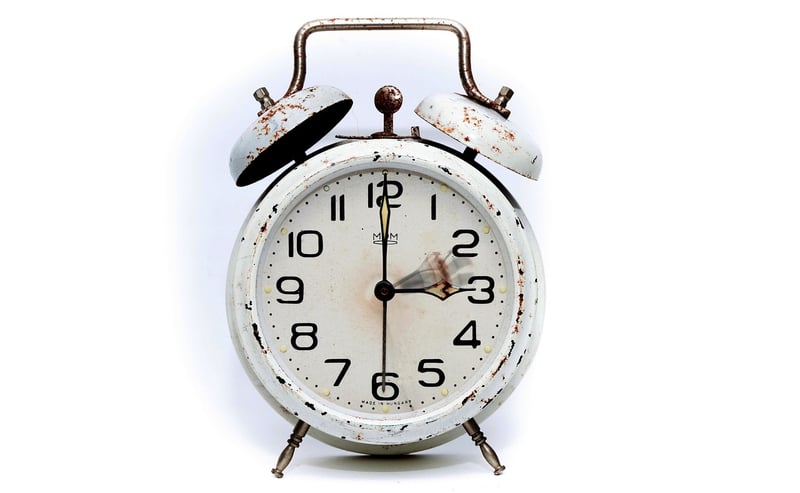Time Dilation
Understanding Time Rules and Time Dilation
Time is a fundamental aspect of our existence, governing the sequence of events and measuring durations. However, as we delve deeper into the realms of physics, we encounter fascinating concepts like time rules and time dilation that challenge our everyday understanding of time. Let's explore these ideas to unravel the mysteries of time.
Time Rules
Time rules, as defined by physics, encompass the principles that dictate the flow of time in different scenarios. One of the most fundamental time rules is that time is relative, meaning it can pass differently for observers in different conditions.
According to the theory of relativity proposed by Albert Einstein, time is not a constant but is affected by factors such as gravity and velocity. This concept of relative time forms the basis for the phenomenon known as time dilation.
Time Dilation
Time dilation is a consequence of the theory of relativity and occurs when time passes at different rates for observers in different frames of reference. There are two main types of time dilation: gravitational time dilation and velocity time dilation.
Gravitational Time Dilation
Gravitational time dilation occurs due to differences in gravitational forces. According to general relativity, time moves slower in stronger gravitational fields. This means that a clock closer to a massive body, such as a planet, will tick more slowly compared to a clock in a weaker gravitational field.
Velocity Time Dilation
Velocity time dilation, also known as time dilation due to relative velocity, occurs when two observers are moving at different speeds relative to each other. The observer in motion experiences time passing more slowly compared to the stationary observer. This effect becomes significant as velocities approach the speed of light.
Implications and Applications
The concept of time dilation has profound implications for our understanding of the universe. It has been experimentally verified and plays a crucial role in various scientific fields, including space exploration, satellite navigation, and particle physics.
Understanding time rules and time dilation allows us to grasp the intricate nature of time and its relationship with space and motion. It challenges our conventional notions of a fixed and universal time frame, opening doors to new possibilities and discoveries in the realm of physics.

Time is indeed a fascinating dimension that continues to captivate scientists and enthusiasts alike, inviting us to explore its mysteries and implications further.
